It wasn’t hard to see that Bentley had been absorbed into the VW/Audi empire as soon as the Hunaudières concept was shown at the 1999 Geneva motor show. Bugatti and Lamborghini were also part of the huge German multinational and it was uncanny how similar their show cars were starting to look to Bentley’s. It was also uncanny how they all sported mid-mounted powerplants with huge displacements and strange configurations such as W12 and W16. If the American expression that there’s no substitute for cubic inches is correct, Bentley was on to a winner.
In a world where the production version of the 6.0-litre Bentley Continental GT became a reality, the Hunaudières didn't seem quite so incongruous. But when it was first shown this was the first time a car from the Crewe-based marque had featured a mid-mounted engine and four-wheel drive. And while the Continental GT had its engine at the front, the idea of any type of impractical supercar (rather than a grand cruiser) from Bentley was anathema.
By the end of the 20th century Rolls-Royce and Bentley were reduced in the main to producing little more than badge-engineered versions of each other’s cars. What was needed was for the two marques to be split with separate identities: Bentley would produce the sporting cars while Rolls-Royce would build gentlemens’ carriages. Rather than be shy about it, Bentley decided to wade in and go for broke by producing something that would recapture the glory days of Bentley when it was a force to be reckoned with at racing venues such as Le Mans. To help things along the Hunaudières took its name from the famous high-speed straight at the renowned French circuit.
Clearly a name wasn’t enough to recapture past glories so the car was given a set of clothes that were in keeping with a supercar. A mid-mounted engine allowed the front end to be kept as low as possible while there was minimal ground clearance, a cab-forward stance and a surprisingly simple silhouette.
In true Bentley fashion the engine was anything but tame. Harking back to the days of the Bentley Boys at Le Mans, the powerplant featured a capacity of eight litres – enough to develop 623bhp and a monstrous 561lb ft of torque. Helping to produce such huge amounts of power and torque there was variable camshaft timing, with the four overhead camshafts being chain driven. Permanent four-wheel drive was utilised to ensure that such prodigious power and torque could be relayed to the road surface safely, while massive 20-inch wheels with ultra-low profile tyres heightened the Hunaudières’ dramatic looks.
Power and traction alone aren’t enough to give a sporty drive – low weight is also essential if the handling and balance are to be savoured. To help keep the weight as low as possible the bodyshell of the Hunaudières was made of aluminium and carbon fibre while the frontal area was minimised – thanks to the use of tiny headlamps – to reduce drag as much as possible. This was also helped by the adoption of cameras behind the front wheels in place of conventional door-mounted mirrors.
While huge levels of power and torque are essential in any Bentley, a luxurious interior is just as critical. The Hunaudières didn’t disappoint on that score, with a cabin swathed in Nubuck and Connolly leather. An engine-turned aluminium dash gave a taste of the pre-war cars that inspired the concept and the dark green that was to be found inside and out was reminiscent of the fabulous Bentley Blowers of the 1920s.
All in all the Hunaudières was an amazing concept, but probably something that was too daring for the typical Bentley buyer. And with both Lamborghini and Bugatti in its portfolio, the VW/Audi Group decided that these were the brands to focus on when it came to developing top-end supercars.
| Vital statistics | |
|---|---|
| Debut | Geneva 1999 |
| Engine | Mid-mounted, 8004cc, W16 |
| Transmission | Five-speed manual, four-wheel drive |
| Power | 623bhp |
| Top speed | 200mph+ |

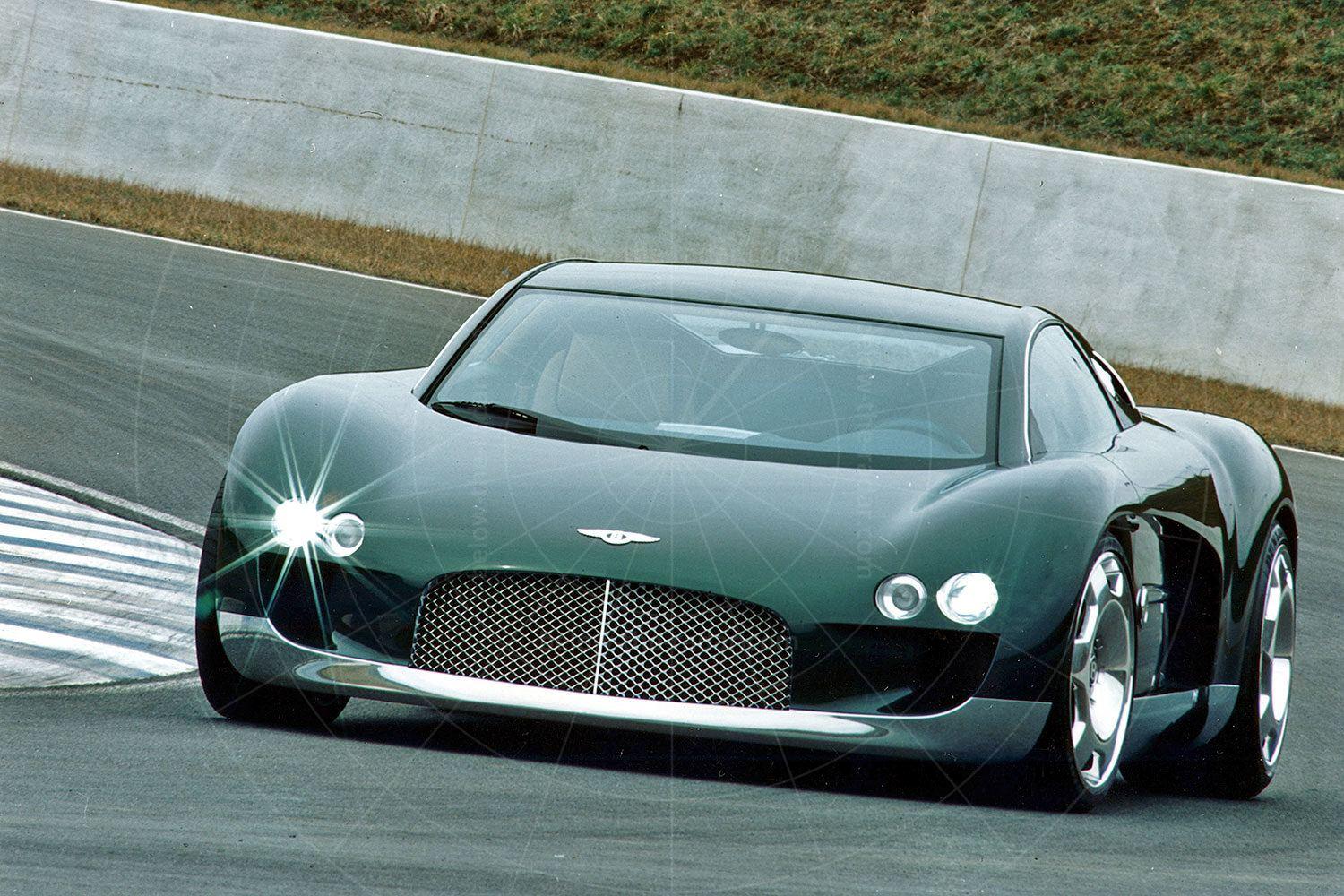
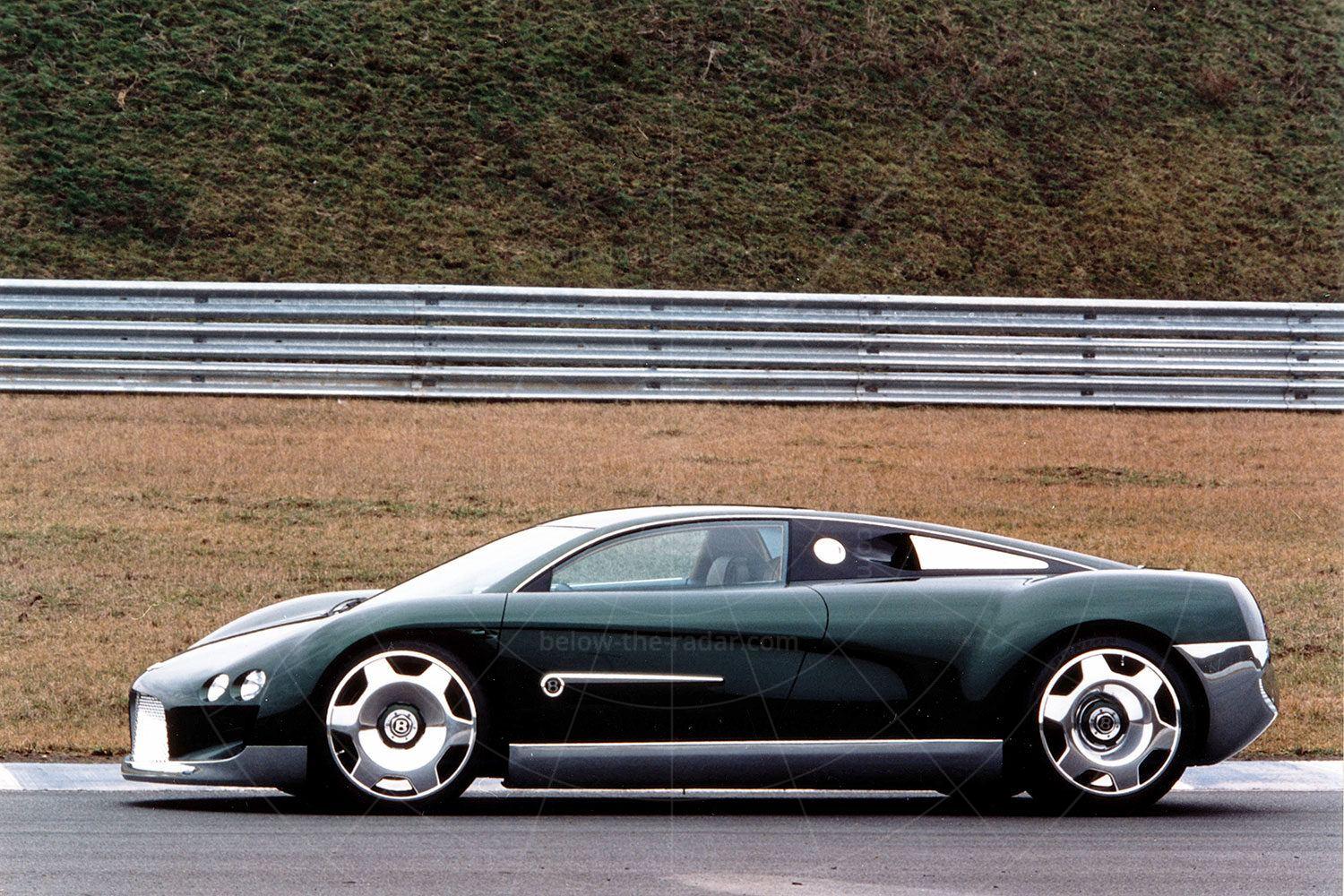
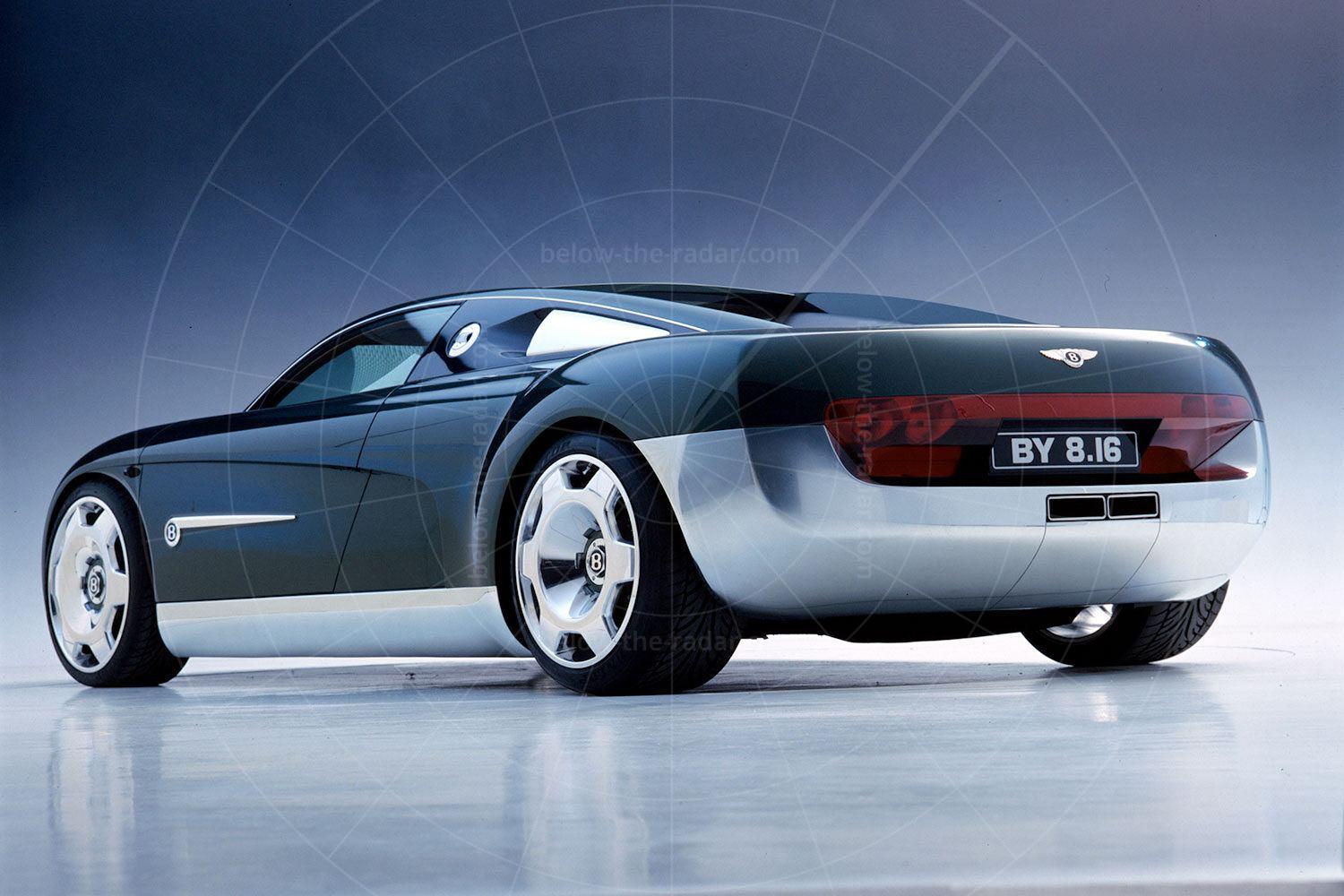


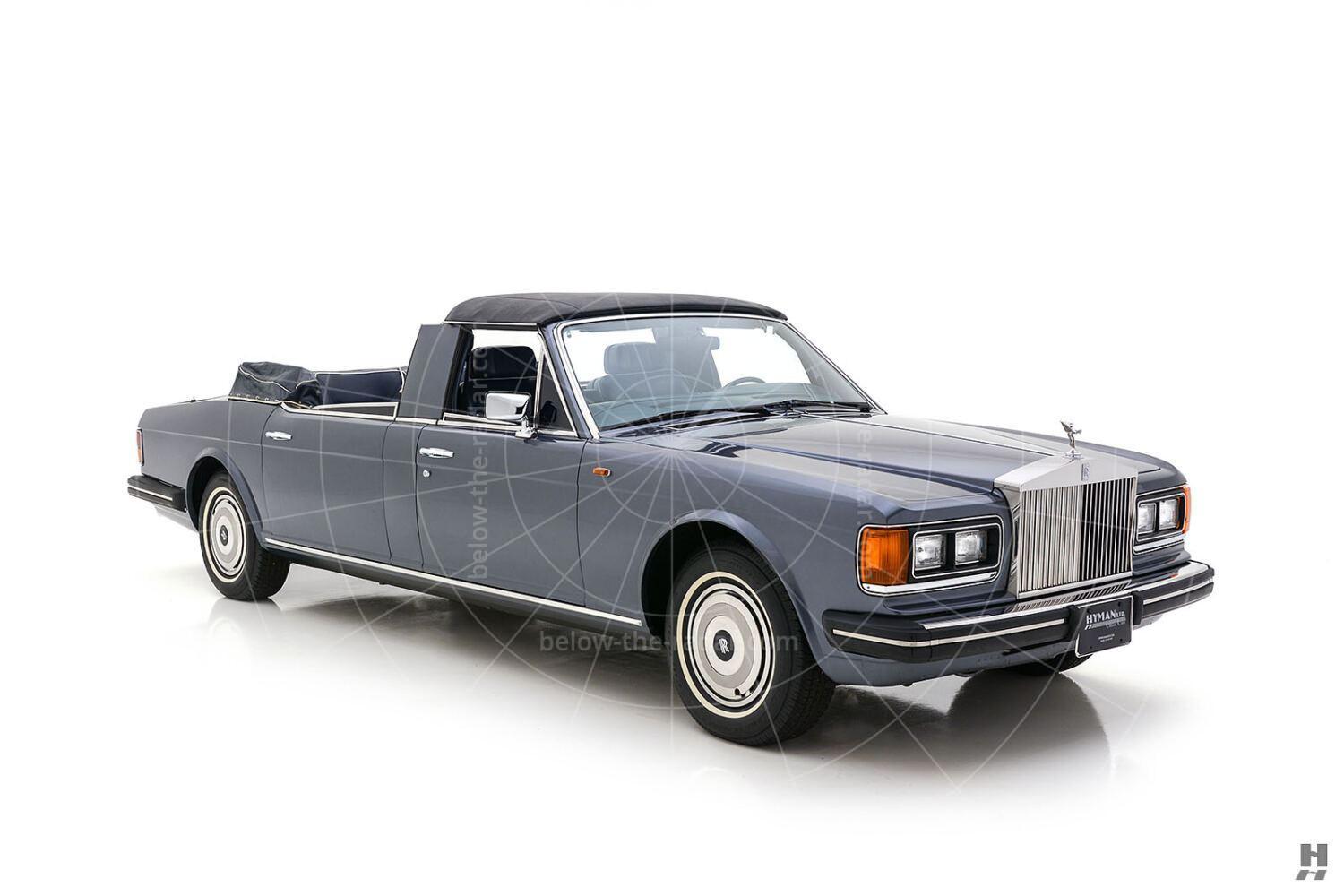
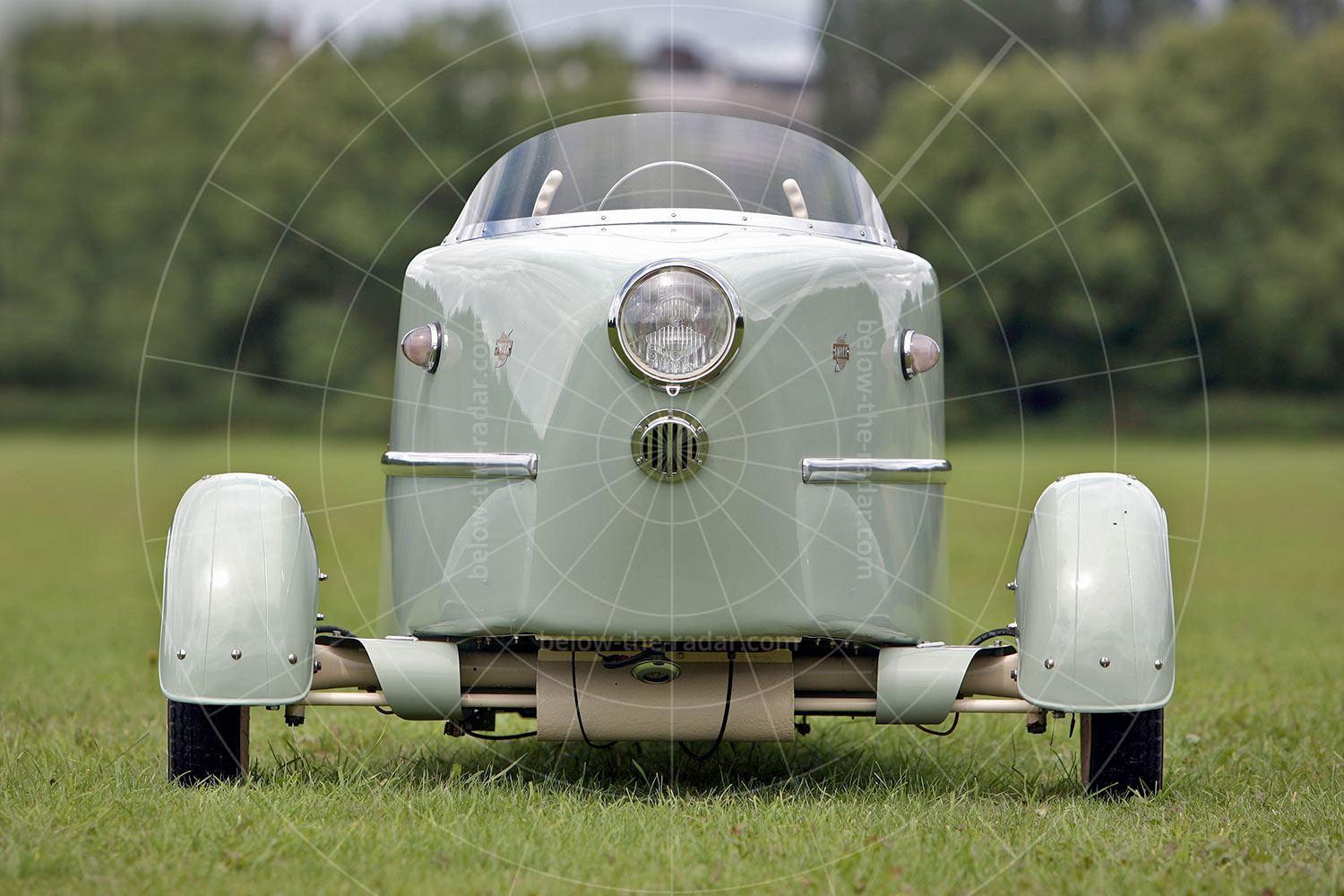
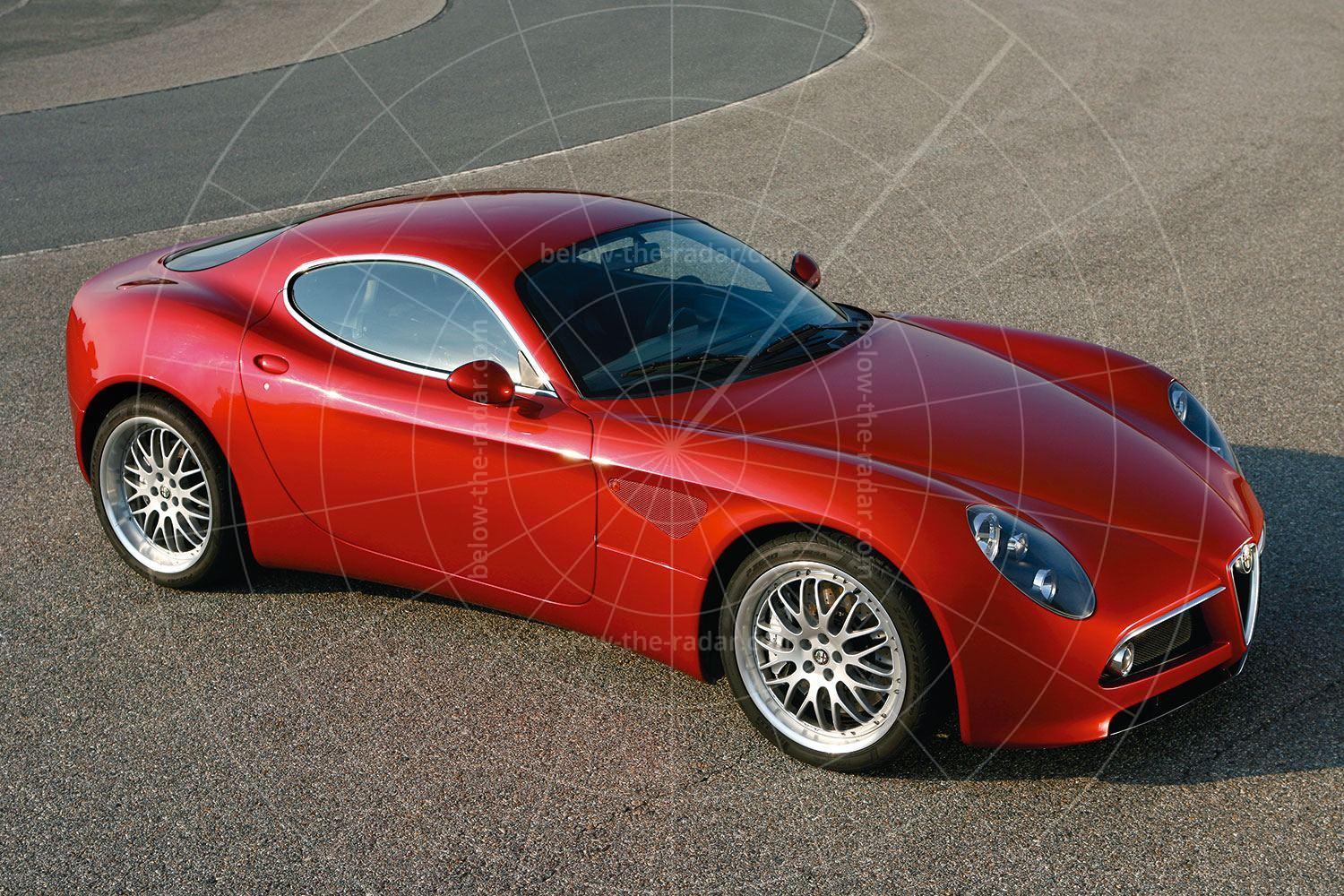
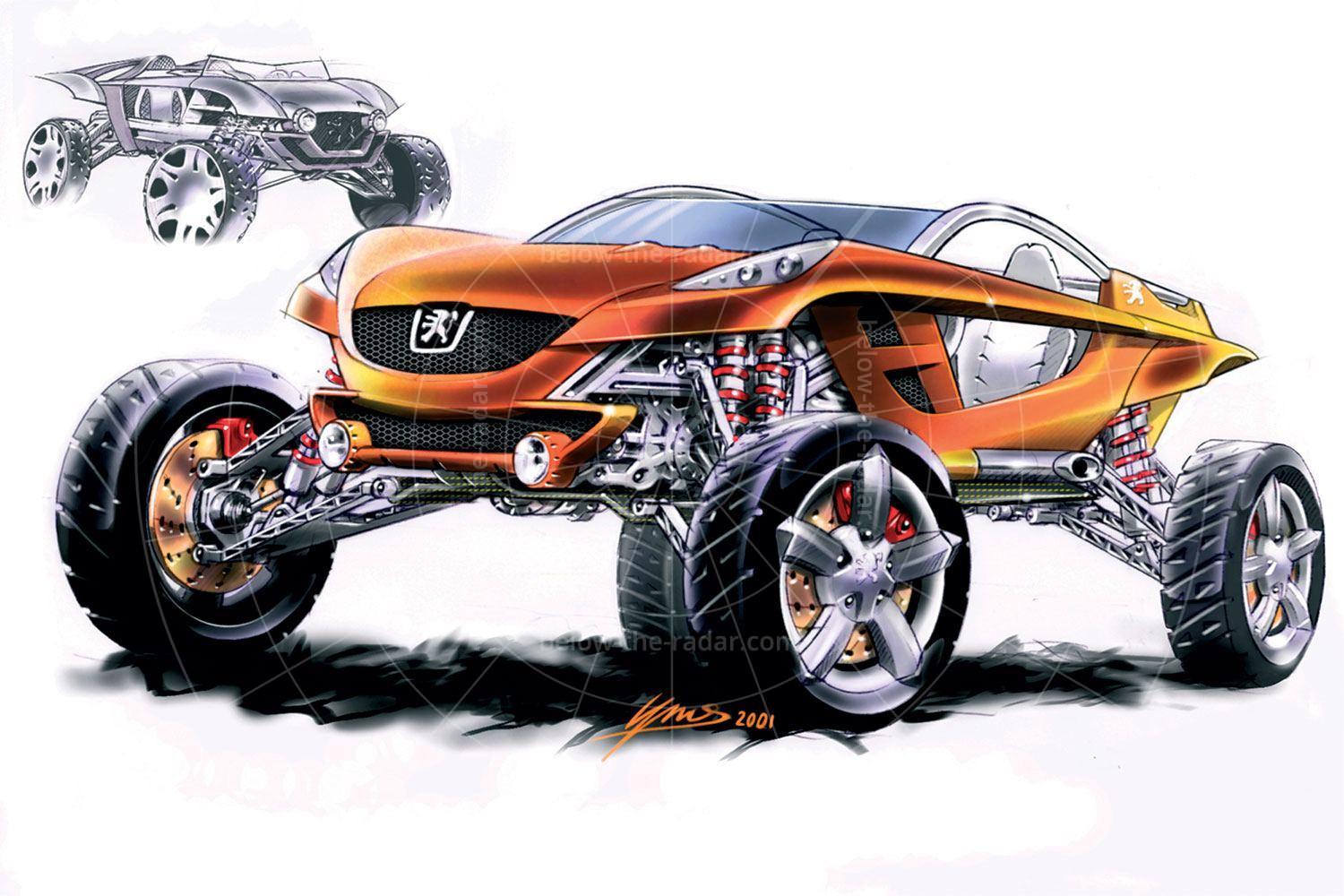
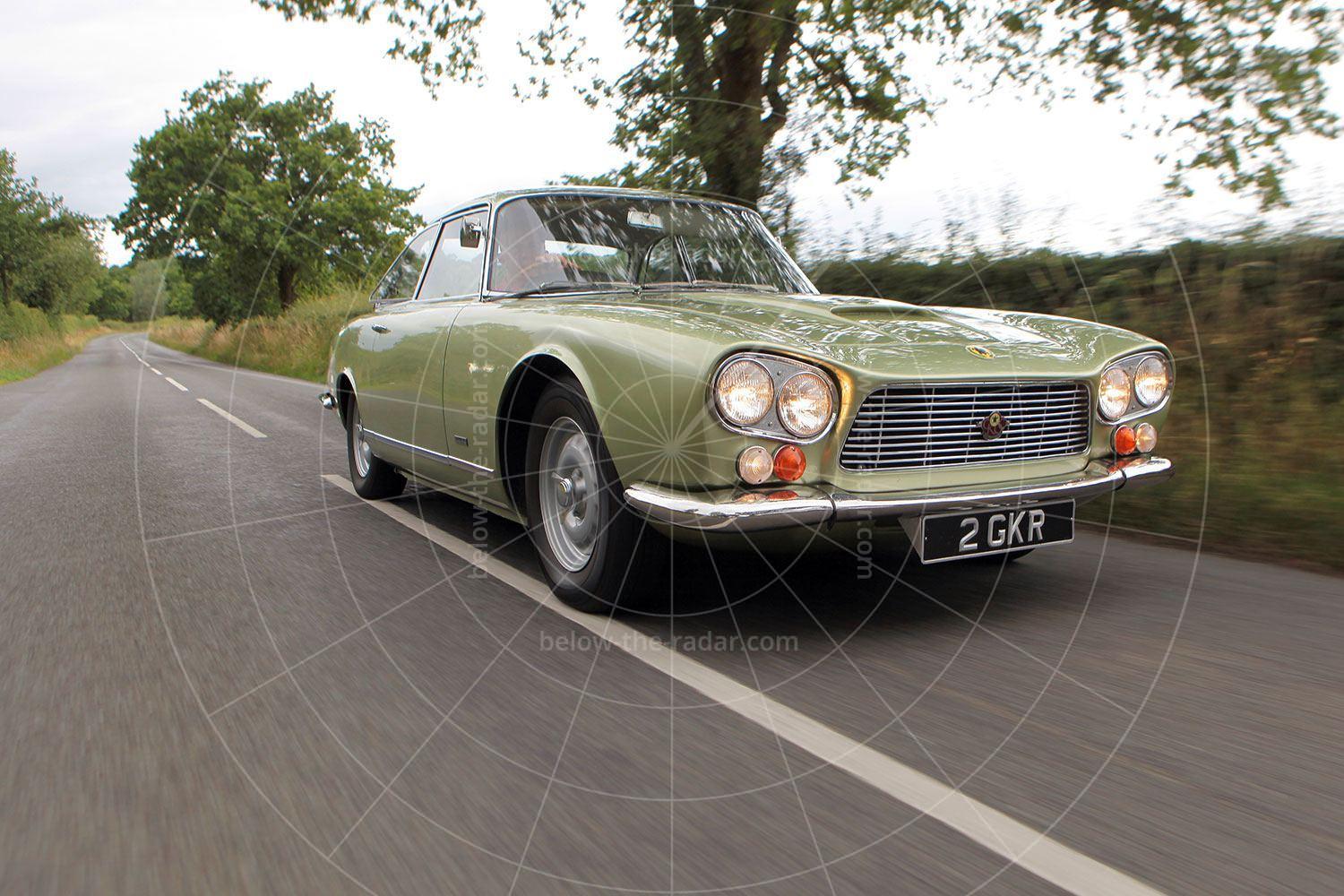
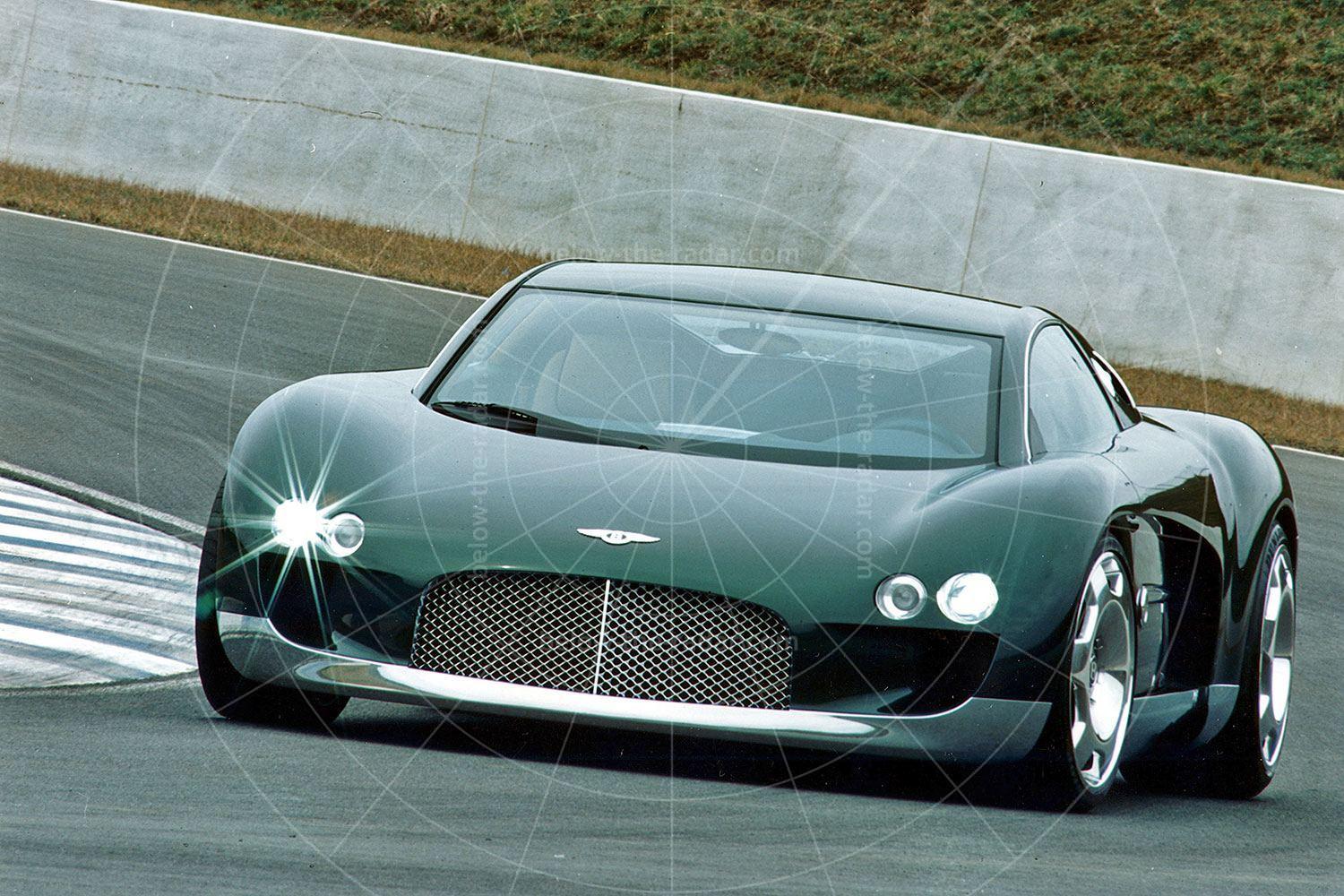
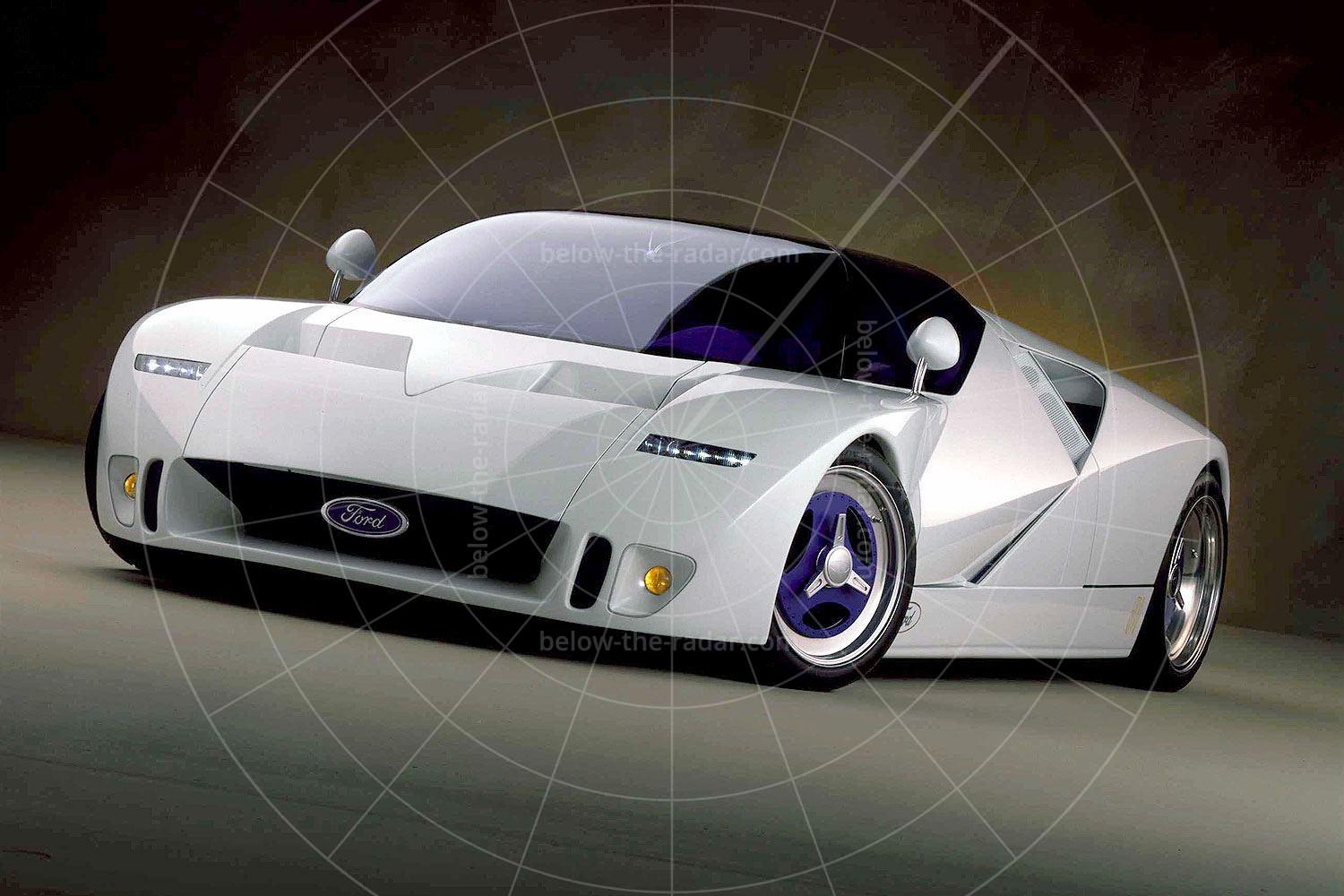
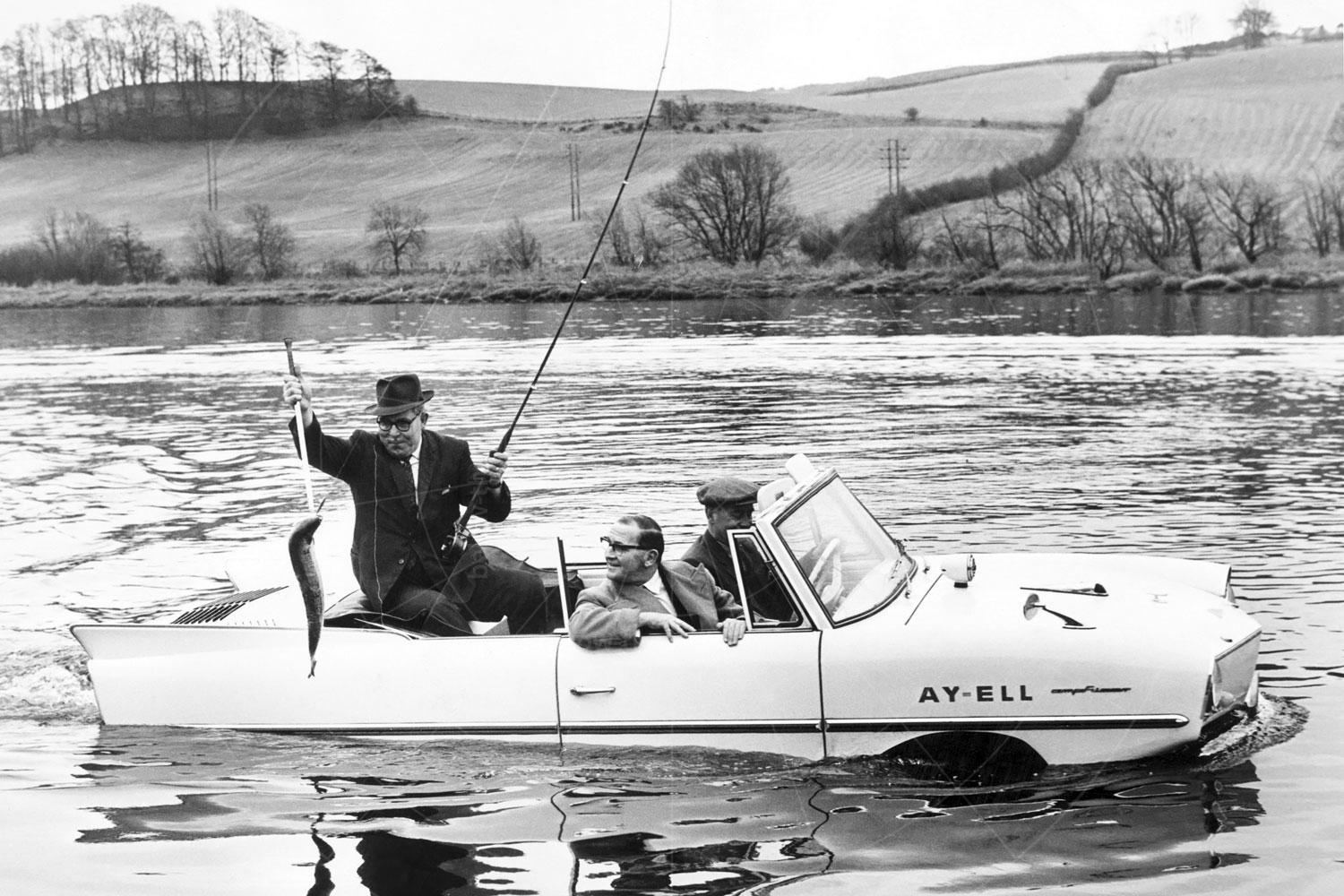
5 Comments